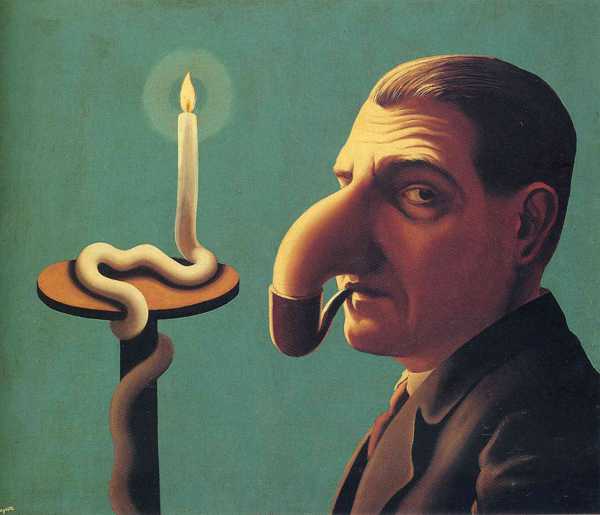Colour Theory and Cool Type (1925-1930)
Summary:
In this week’s lecture, we learned about Art Deco, the Bauhaus school, and the leap forward into modern typography. The Dasstaatliche Bauhaus opened in 1919 in Weimar, Germany. Their goal was to create useful objects and designs. Walter Gropius was named the Bauhaus’ first director in 1919 and he had a new way of teaching design where students would be able to learn, but also able to make prototypes and sell them. He hired numerous famous and respectable artists to teach at his school. These include Johannes Itten, Josef Albers, Gerhard Marcks, Paul Klee, Wassily Kandinsky, Lázló Moholy-Nagy, Oskar Schlemmer, Marcel Breuer, and Herbert Bayer. However, due to the eccentricity of the school, the government and public believed that the Bauhaus provided no value and wanted to cut their funding. In response to this negativity, Gropius moved the Bauhaus to Dessau instead, allowing the school to gain more freedom.
Jan Tschichold never went to Bauhaus but he was inspired by their exhibition. He was very interested in typography and wrote an essay that set out rules about using type and layout effectively. He invented in Sabon type in the 1960’s and Paul Renner created his Steile Futura type in 1927. Kurt Schwitters was the leader of the Ring of New Advertising Designers, Piet Zwart thought himself as a typotekt (typographer and architect), and Paul Schuitema was another modern typographer.
Other notable events that occurred were the art movement Art Deco, the creation of the Chrysler and Empire State building, and Charles “Lindy” Lindberg’s crossing the Atlantic by plane.

